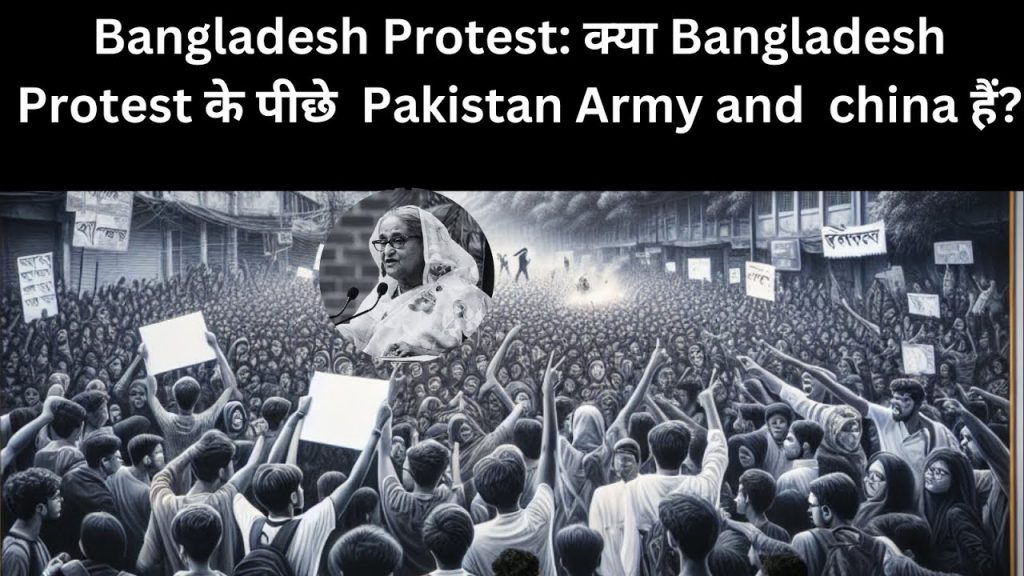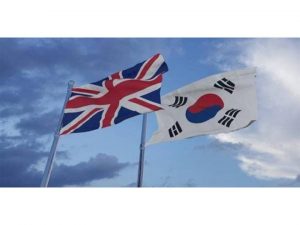Why are thousands of students protesting against Bangladesh PM Sheikh Hasina? Is Pakistan Army, ISI behind unrest
3 min read
Thousands of students in Bangladesh are protesting against Prime Minister Sheikh Hasina due to several key issues. The protests began over a controversial quota system for government jobs, which many students found unfair. The quota system reserved a significant portion of jobs for descendants of independence fighters. Students argued that this system favored loyalists of Hasina’s ruling party, the Awami League. The protests quickly escalated into a broader anti-government movement, reflecting widespread dissatisfaction with Hasina’s administration. Prime Minister Sheikh Hasina’s government has been accused of authoritarian practices and suppressing dissent. Why thousands students protesting against Bangladesh PM Sheikh Hasina Pakistan Army ISI behind unrest the students’ demands included the abolition of the quota system and broader political reforms. The government’s response to the protests was harsh, including the closure of schools and universities. This response only fueled the students’ anger and increased the intensity of the protests. The situation worsened when the military imposed a curfew and blocked internet access. The protests have resulted in significant violence and numerous fatalities. Nearly 100 people died in clashes between police and protesters. The military’s involvement in enforcing the curfew and controlling the protests has added to the unrest. Former army chief General Ikbal Karim Bhuiyan criticized the government’s handling of the protests. The current army chief’s supportive stance towards the protesters further fueled the unrest. There are allegations that Pakistan’s Inter-Services Intelligence (ISI) and the Pakistan Army are behind the unrest. Intelligence agencies have linked Pakistan’s ISI to the protests, suggesting they have a role in destabilizing Hasina’s government. The student wing of Jamaat-e-Islami, Islami Chhatra Shibir (ICS), is believed to be involved. ICS members have reportedly received training in Afghanistan and Pakistan. The ISI’s involvement is seen as part of a broader strategy to undermine the Awami League government. Sheikh Hasina’s son, Joy, has also commented on the allegations of ISI involvement. He believes the ISI is involved due to the armed attacks during the protests. The involvement of the ISI and ICS has added a complex regional dimension to the unrest. The protests are not just about domestic issues but also involve regional power dynamics. The ISI’s alleged involvement highlights the geopolitical tensions in South Asia. The protests have also drawn attention to the broader issues of governance and democracy in Bangladesh. Many students and citizens are calling for greater political reforms and an end to authoritarian practices. I’m sorry, it looks like there are some words that might be blocked at this time and that’s why I’m unable to help you. You can always try another prompt! The protests have become a symbol of the struggle for democracy and justice in Bangladesh. The government’s harsh response has only strengthened the resolve of the protesters. You Can Read More Here.
The situation remains tense, with no clear resolution in sight. In conclusion, the protests against Prime Minister Sheikh Hasina are driven by a combination of domestic and regional factors. The controversial quota system for government jobs was the initial trigger. However, the protests have grown into a broader movement against authoritarian practices and for political reforms. The involvement of Pakistan’s ISI adds a complex regional dimension to the unrest. The situation in Bangladesh remains volatile, with significant implications for the country’s future.





